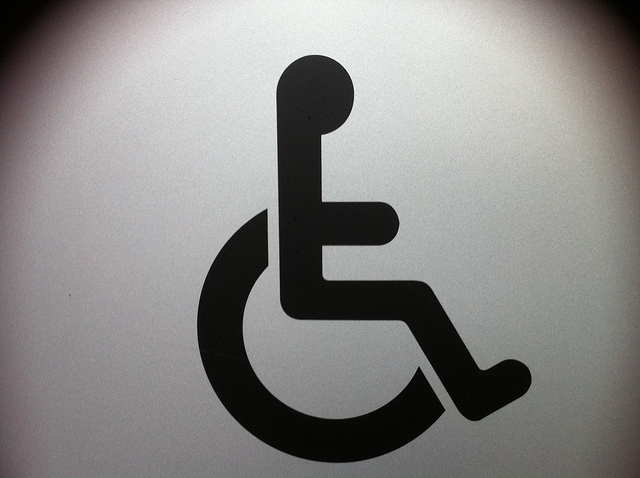If you’re having to make changes to your home to suit someone with a disability, there are a number of factors you need to consider. First, it’s important to look at their condition and asses which adjustments and products most suit their individual needs. Your local Social Service should be able to offer some advice, and you may even be entitled to a government grant to cover the costs, so make sure you take all the help on offer, as this can seriously decrease the amount of work you’ll have to put in yourself.
This short guide will highlight some of the more important issues you may need to address.
Get A Stair Lift
One of the most useful and courteous adjustments you can make to your home is the installation of a stair lift. Lifts for houses can be purchased in many specialist shops and from many online outlets, so finding a suitable option should be relatively hassle free.
Most manufacturers will be in a position to offer an installation service inclusive of the purchase price, and you should take full advantage of this, as performing the task yourself is definitely not advised.
Handrails
Effectively placed handrails can be the difference between a disabled person being independent or needing assistance at every turn. Try installing a rail or two outside both your front and back entrance’s to help with those tricky steps.
Also, installing rails in the bathroom can make going to the toilet, or having a wash, a considerably less stressful experience for disabled people. They don’t cost much, and can usually be obtained from any bathroom store or specialist disability shop.
Widen Your Door Frames
Take the time out to measure the width of each and every door frame in your home. If you find any of them are less than 75 cm across, it is unlikely that a wheelchair user will be able to gain access, so either get ready for some DIY, or call a professional. Again, you might well be entitled to financial help for all of these adjustments, so be sure to contact your GP and find out what’s on offer to you.
Adapt The Kitchen
If you’re making changes in your home to suit somebody who’s confined to a wheelchair, it might be beneficial for you to have a good look at your kitchen. Often, disabled people have trouble navigating this room because of its high countertops and cupboards.
Flooring can also be an issue in the kitchen. For wheelchair users it’s advisable to lay laminate or vinyl to allow for easy movement. For someone with the ability to stand, but less than desirable mobility, it might well be worth laying some carpet to provide a soft landing, should they fall down. The same goes for people with conditions like dementia, or anyone not too steady on their feet.
Don’t worry if you don’t think of everything before your disabled visitor arrives. They are the ones best able to fill you in on their personal requirements, so be sure to ask for their advice every step of the way and your home will soon be as welcoming and comfortable as possible.







